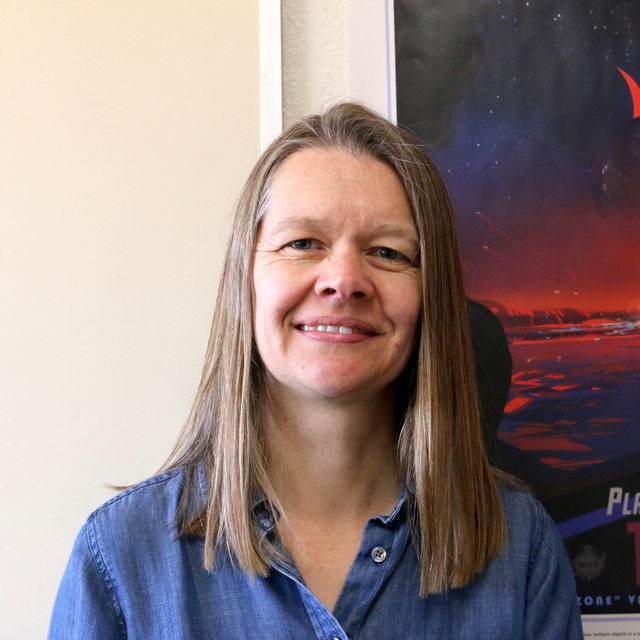September
1998
•
1998ApJ...505..358A
Authors
•
Akeson, R. L.
•
Koerner, D. W.
•
Jensen, E. L. N.
Abstract
•
We present high-resolution imaging of the young binary T Tauri in continuum emission at λ = 3 mm. Compact dust emission with integrated flux density 50 +/- 6 mJy is resolved in an aperture synthesis map at 0.5" resolution and is centered at the position of the optically visible component, T Tau N. No emission above a 3 σ level of 9 mJy is detected 0.7" south of T Tau N at the position of the infrared companion, T Tau S. We interpret the continuum detection as arising from a circumstellar disk around T Tau N, and estimate its properties by fitting a flat-disk model to visibilities at λ = 1 and 3 mm, and to the flux density at λ = 7 mm. Given the data, probability distributions are calculated for values of the free parameters, including the temperature, density, dust opacity, and disk outer radius. The radial variation in temperature and density is not narrowly constrained by the data. The most likely value of the frequency dependence of the dust opacity, β=0.53+0.27-0.17, is consistent with that of disks around other single T Tauri stars in which grain growth is believed to have taken place. The outer radius, R=41+26-14 AU, is smaller than the projected separation between T Tau N and T Tau S, and may indicate tidal or resonance truncation of the disk by T Tau S. The total mass estimated for the disk, log (MD/M⊙) = -2.4+0.7-0.6, is similar to masses observed around many single pre-main-sequence sources and, within the uncertainties, is similar to the minimum nebular mass required to form a planetary system like our own. This observation strongly suggests that the presence of a binary companion does not rule out the possibility of formation of a sizable planetary system.
Links




